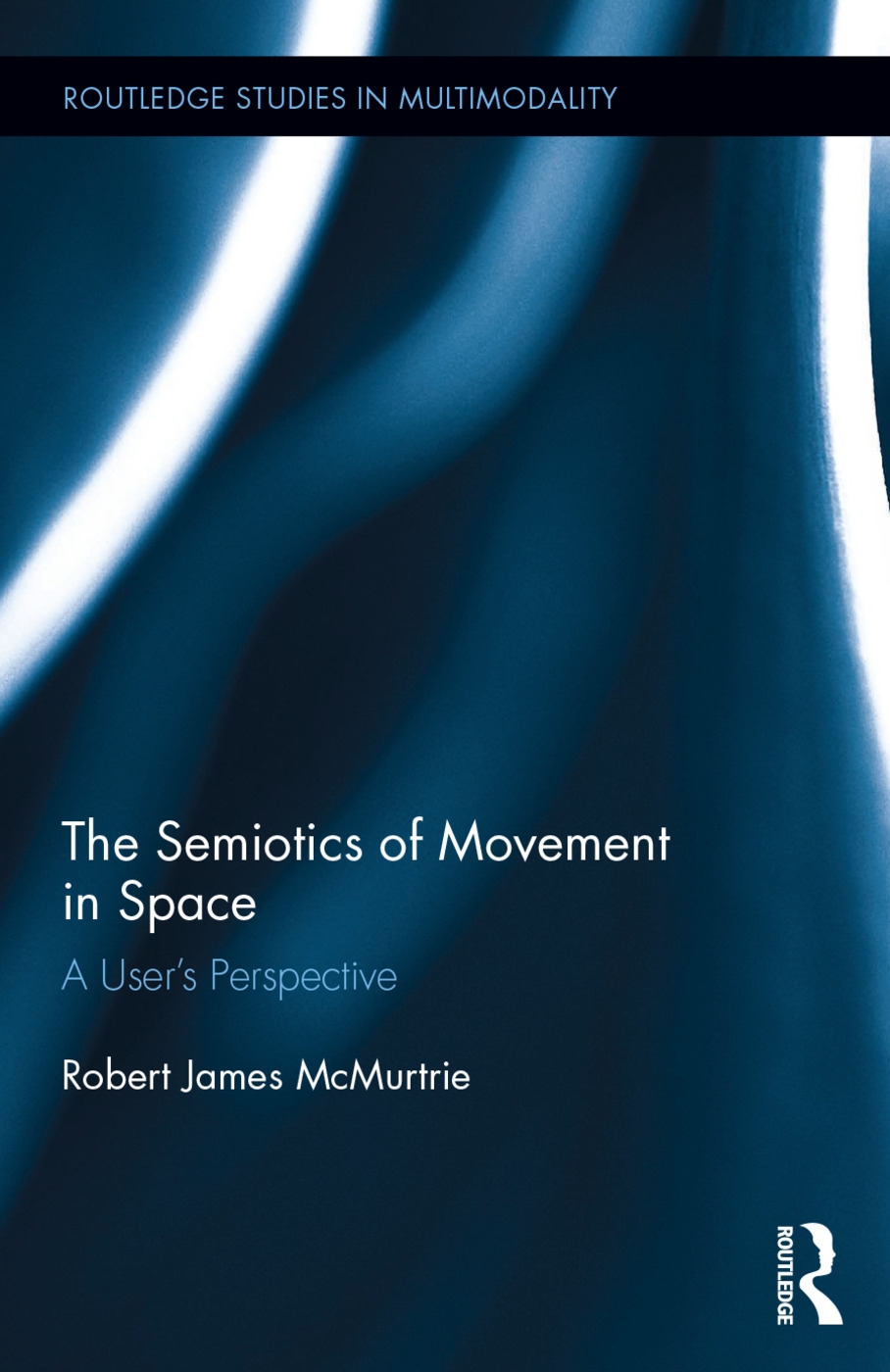The Semiotics of Movement and Space explores how people move through buildings and interact with objects in space. Focusing on visitors to the Museum of Contemporary Art in Sydney, McMurtrie analyzes and interprets movement and space relations to highlight new developments and applications of spatial semiotics, as he proposes that people’s movement options have the potential to transform the meaning of a particular space. He illustrates people’s interaction with micro-camera footage of people’s movements through the museum from a first-person point-of-view, thereby providing an alternative, complementary perspective on how buildings are actually used. The book offers effective tools for practitioners to analyze people’s actual and potential movement patterns to rethink spatial design options from a semiotic perspective. The applicability of the semiotic principles developed in this book is demonstrated by examining movement options in a range of other types of buildings (such as foyers, apartments, classrooms). This book also shows how a semiotic approach to understanding movement in space can be applied in a pedagogical context by exploring how undergraduate students of architecture and design are currently applying the theoretical framework and concepts to their 3-d design projects (railways, student lounges, houses). This book should appeal to scholars of visual communication, semiotics, multimodal discourse analysis and museum studies.
| FindBook |
有 1 項符合
The Semiotics of Movement in Space: A User’s Perspective的圖書 |
 |
The Semiotics of Movement in Space 作者:Mcmurtrie,Robert James 出版社:Routledge 出版日期:2016-12-27 語言:英文 規格:精裝 / 15.9 x 22.9 x 1.9 cm / 普通級 |
| 圖書館借閱 |
| 國家圖書館 | 全國圖書書目資訊網 | 國立公共資訊圖書館 | 電子書服務平台 | MetaCat 跨館整合查詢 |
| 臺北市立圖書館 | 新北市立圖書館 | 基隆市公共圖書館 | 桃園市立圖書館 | 新竹縣公共圖書館 |
| 苗栗縣立圖書館 | 臺中市立圖書館 | 彰化縣公共圖書館 | 南投縣文化局 | 雲林縣公共圖書館 |
| 嘉義縣圖書館 | 臺南市立圖書館 | 高雄市立圖書館 | 屏東縣公共圖書館 | 宜蘭縣公共圖書館 |
| 花蓮縣文化局 | 臺東縣文化處 |
|
|
圖書介紹 - 資料來源:博客來 評分:
圖書名稱:The Semiotics of Movement in Space: A User’s Perspective
|





![塔木德:猶太人的致富聖經[修訂版]:1000多年來帶領猶太人快速累積財富的神祕經典 塔木德:猶太人的致富聖經[修訂版]:1000多年來帶領猶太人快速累積財富的神祕經典](https://media.taaze.tw/showLargeImage.html?sc=11100697818)




